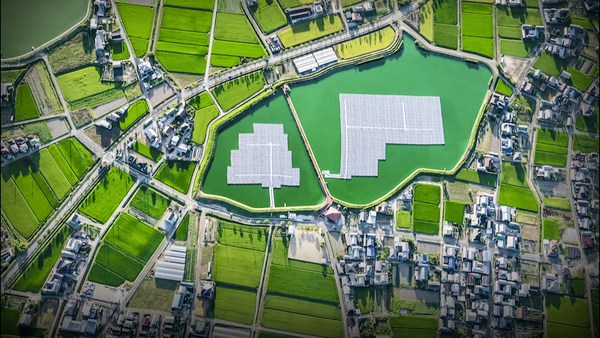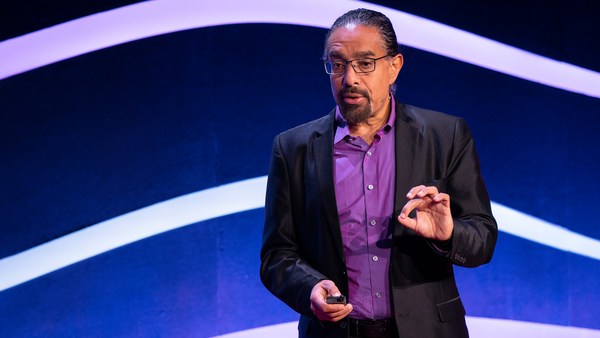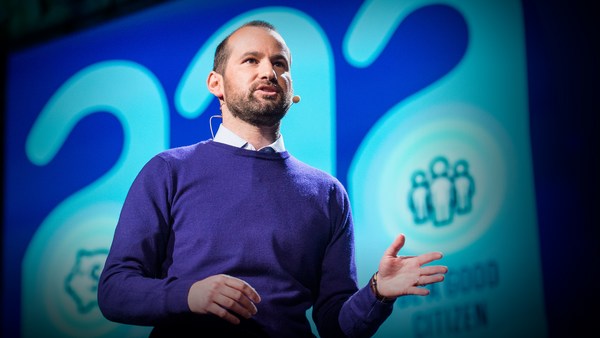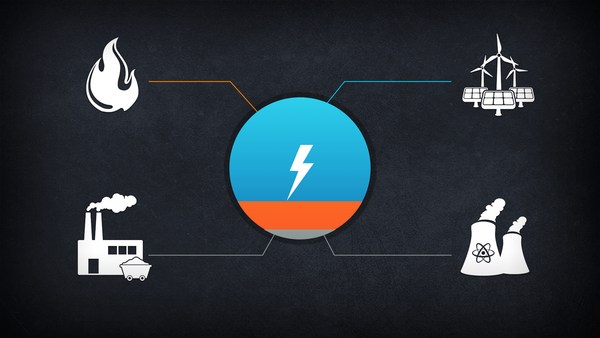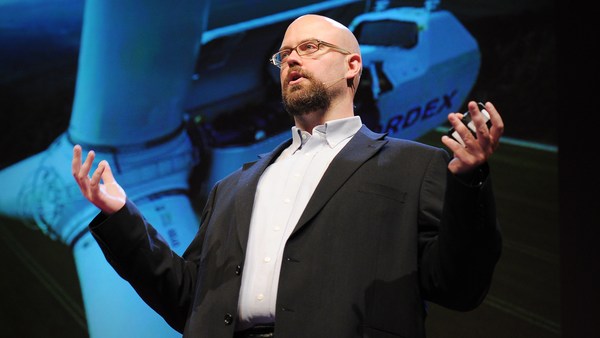I’m Ukrainian. And my country is fighting a war for survival. But there is another war where we all must fight. Fight for the future of the planet. It's a war against climate change.
Both of them have dramatic consequences for the future of our lives. Both are killing thousands. And the root cause of both is overdependence on fossil fuels.
Today, I want to explain how Ukraine's energy challenge can help the world to fight climate change.
For decades, Russia has been weaponizing energy to impose control over countries. It has cut gas supply during the winter, bribed us with cheap gas, built pipelines to bypass Ukraine and under-supply gas to provoke energy shock that hurt all of us. But today, Russia moved from economic war to physical destruction of our infrastructure, launching missiles to destroy our power stations and grids and trying to crush the Ukrainian people.
I get to see the impact every day running DTEK, one of the largest Ukrainian power suppliers. When I wake up every morning, my first job is to see whether we've been hit and how bad. Since the beginning of this war, our company was attacked more than 10,000 times. A hundred of DTEK employees have been killed on a military front line or serving on energy front line behind. These attacks expose not only Ukraine's vulnerability, but the world's.
Almost every economy on earth depends on massive, highly centralized but easily targeted energy systems used to extract and burn fossil fuels. But now in Ukraine, the war is teaching something new. That relying on renewable power, we create much more resilient and secure energy system.
To understand why, picture a wind turbine. It's big. 700 tons and 130 metres tall. But actually, the footprint is just a few meters. It's hard to be attacked by missiles and if they succeed one, all other wind turbines are still running.
This kind of distributed power systems combined with the energy from household solar panels, can massively enhance energy security of countries all over the world. And not only during war time, but against other threats like fires and floods.
Ukraine is becoming a testing ground for a new energy future. After the first invasion in 2014, Russia destroyed or captured more than 30 percent of DTEK power assets. Our response was to double renewable capacity, helping Ukraine to become the country with one of the highest growth rates of renewables in the world.
One real life example and symbol of our resilience is the Tiligulska wind farm on the coast of the Black Sea, just 60 miles from the front line. Through the first 15 months of the war, we built wind farm without foreign contractors, sometimes with missiles flying above our heads and spending a lot of time in bomb shelters. And we succeeded.
From May 2023, we supply green energy produced by this wind farm to more than 200,000 households. And we are planning to expand this wind farm to become one of the largest in Eastern Europe.
War in Ukraine forced Europe to end its dependence on dirty Russian energy through accelerating green transition. And Ukraine can play a key role by becoming a major supplier of clean energy to Europe. With the right level of foreign investments, Ukraine can build enough renewable capacity by 2030 to supply Europe as much clean energy as countries like Finland produce during the year. The vision of Ukraine -- greener, and facing west towards Europe -- is even embraced by thousands of DTEK coal miners serving on the front line against Russia.
So when do we launch this green counteroffensive? The smart move is not to wait, but to accelerate so that we meet the climate crisis challenge to establish energy independence and to build much more resilient energy systems. A green transition will help to win both of these wars and secure a lasting peace.
(In Ukrainian: Glory to Ukraine).

